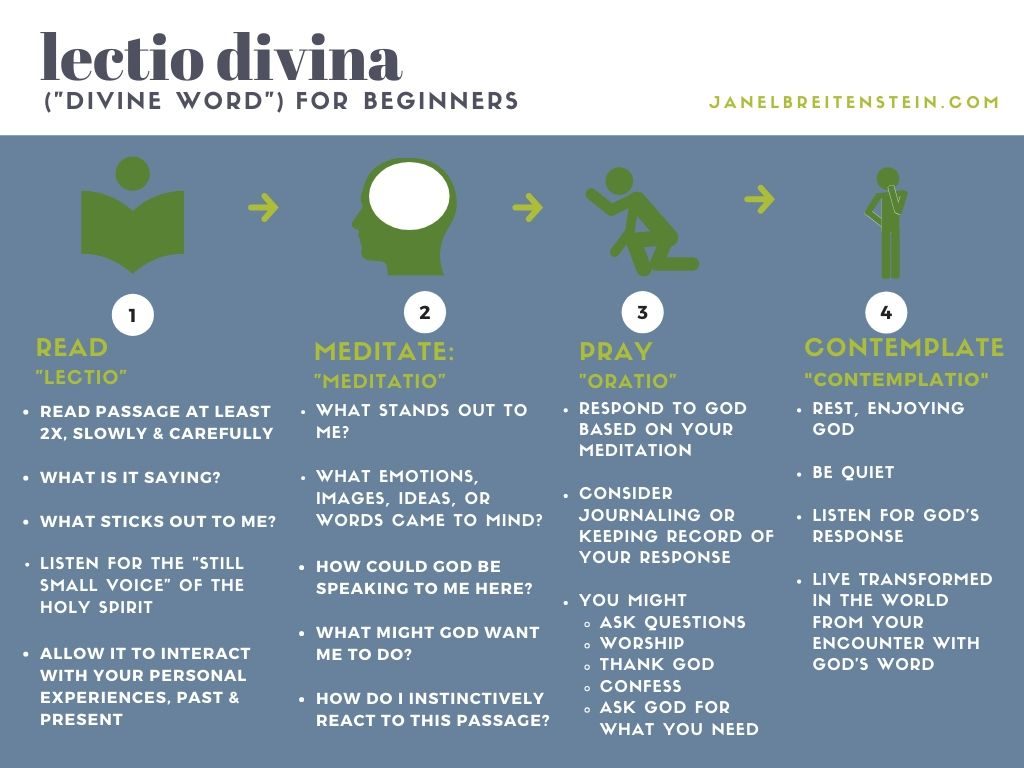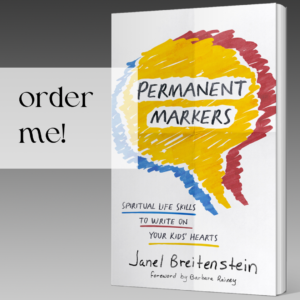Print this here!
Several weeks ago, I sat in a back room of the church amidst some storage shelves, music stands, and VBS material. Though the walls are cinder block, the seating leaves something to be desired, and the carpet perches on concrete, it’s been a good place for me.
It’s a good place to have a think.
My chest felt the tightness of hope, pulsed in a blender with good old fashioned anxiety. At that point, I had no idea whether Zondervan was indeed God’s idea for me, or if my hopes would be dashed again. My husband and I were both prepping for travel to different continents (while our kids stayed here). And we were selling my kids’ childhood home. That room was a quiet eye in one hoppin’ storm.
Somehow, I wanted to bring my whole self into reading the Bible. I didn’t want to leave my anxiety out of God’s presence. Or all the failures that felt like gargoyles hanging on my back. Or even my excitement, which felt like it was cautiously poking its head from the soil in a timid green blade.
So I decided to practice lectio divina.
Lectio what?
You can read infographics, so you know that’s translated “divine word”. It’s a practice that’s been around since the 3rd century, from Origen, one of the early Christian scholars. Wikipedia describes it as a method of reading Scripture “intended to promote communion with God and to increase the knowledge of God’s Word”.
And that’s really how I’ve used it: to love God not only with my mind, but to allow him and his Word to affect me at the core and change me. (Don’t miss this post, All There: Tips on Being Fully, Powerfully Present with God.)
As you can see above, lectio is a four-step process rooted in the contemplative tradition. I find it effective in my time alone with God. Perhaps it’s the mix of prayer, meditation, and reading that I really like.
The Lectio Caveat
I’m treading on a bit of divisive ground here. There are legitimate concerns raised by critics of lectio divina (you can read some of the caveats presented by blogger Tim Challies here), though it’s endorsed by a number of trustworthy evangelicals, as well.
I’m very aware that like any tool, lectio can be used for harm. It can swing mystical, for one. Some users, Challies reports, have used the practice to “equate your spirit to the Holy Spirit”.
So my personal caveat would be to not check your hermeneutics (i.e. Scripturally sound methods of Bible interpretation) at the door.
I’ve been fairly vocal about the idea that we can’t interpret everything that comes into our minds and emotion as “God told me”–a way of Christians applying God’s rubber stamp to their own assertions.
God’s fairly forthright in the Old Testament about false prophets–people who falsely report that God’s told them something (see Deuteronomy 18:20-22). It’s wise to keep this in mind.

Enter In
I do find that as commentators suggest, lectio helps me experience God’s Word as “living and active…discerning the thoughts and intentions of the heart” (Hebrews 4:12).
There in the back room, I flipped to John 21:1-14. I wanted my heart’s knobs tuned to that still, small Voice (though knowing I might misinterpret it in the midst of all my messy humanity).
I poked my way through the passage, trying to be completely aware with my whole self (what was I observing? What stood out? How did I feel prodded? What did I feel, and what verses made me feel it?)–rather than just my brain, as if this were only an academic exercise.
I scrawled notes in the margin. Read the passage a second time.
I picked my way through the story, envisioning what that day might have smelled like, what the moon might have looked like, rippling on the water, then the letdown of the morning sun. What emotions the disciples might have felt after a long, annoying night. Why they might have decided to go fishing amidst a confusing few days. I saw the verses not only as there to inform, but as the story God chose to tell us.
And somewhere in there, God and I connected. I felt seen. I saw how this story spoke to my story.
So try it.
Maybe the infographic above could wait on your phone for your own back room somewhere, for the day you want to read Scripture and chew on it a bit more. Maybe you try this method and sandwich it in a journal or Bible.
Lectio divina can be applied in groups–as Bible Gateway suggests, and which I’ve personally found meaningful and so insightful as I hear how other hearts interact with Scripture. This site suggests a cool method to use with teens!
If you’re open to trying it with your kids, the graphic can be helpful–as well as some journals (bonus if kids get to pick their own journal. Avengers journals for this are not paradoxical, if you ask me.) It might work to try it after dinner together, or at bedtime.
It’s also a great time to help kids discern what’s the difference in listening for what God might be saying–but holding that knowledge in the right place, and not mistaking our ideas for God’s.
You could start with John 21 like I did, or maybe Isaiah 55–or some of the passages suggested on this page.
It may take a while to get your heart this quiet, or to make it seem natural.
But on days like mine today, when you sense that need to soak in what’s true? It just might pull you into the heart of God.
Click here for super-practical ideas to help your family meditate on Scripture!Like this post? You might like
- Spiritual Disciplines for Real Families: 13 Easy Ways to Teach Meditation and Contemplation
- How Far You’ve Come: 20+ End-of-Year Prompts to Journal & Reflect
- The Catch: On Great Expectations When They Don’t Make Sense
Grab the rest of the Spiritual Life Skills for Kids series here!









